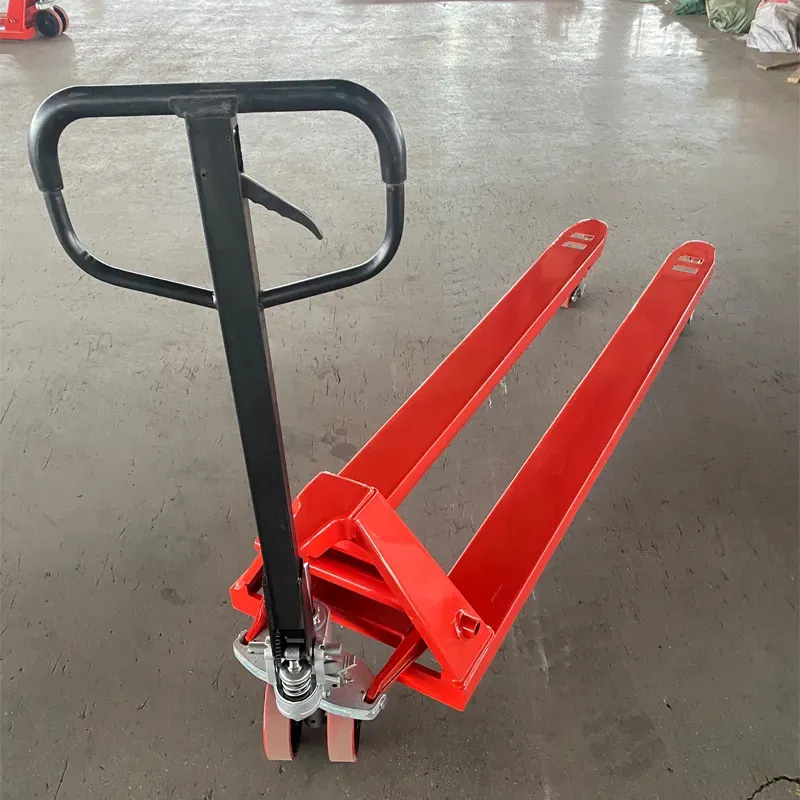


Safety Equipment for Working at Heights
Working at heights presents significant risks, making safety equipment essential for preventing accidents and ensuring the well-being of workers. When performing tasks at elevated locations, such as rooftops, scaffolding, or ladders, proper safety gear plays a crucial role in minimizing the dangers associated with falls.
One of the primary components of safety equipment for working at heights is the personal fall arrest system (PFAS). This system typically includes a full-body harness, lanyards, and a secure anchor point. The harness is designed to evenly distribute the force of a fall across the body, reducing the risk of injury. It is important that workers receive training on how to properly wear and adjust their harnesses to ensure maximum safety.
In addition to harnesses, safety nets and guardrails are vital elements in fall protection. Safety nets serve as a secondary line of defense, catching workers if they fall, while guardrails provide a physical barrier around edges, preventing accidental falls. Both these measures significantly enhance safety on job sites and should be installed as per regulatory standards.

Another important piece of equipment is the safety helmet, which protects workers from head injuries caused by falling objects. Helmets should be fitted properly and meet the necessary safety standards. Furthermore, high-visibility clothing is also crucial in ensuring that workers are easily seen, particularly in high-traffic areas or during low-light conditions.
Ladders and scaffolding must be selected and maintained according to safety regulations. Workers should be trained on ladder usage, including the importance of maintaining three points of contact and avoiding overreaching. Scaffolding should be properly erected, regularly inspected, and only used on stable ground to prevent collapses.
Moreover, training employees on recognizing hazards associated with working at heights is essential. Employers should conduct regular safety meetings and drills to reinforce the importance of using safety equipment and adhering to safety protocols.
In conclusion, the proper use of safety equipment is paramount for anyone working at heights. Personal fall arrest systems, safety nets, guardrails, helmets, and the correct use of ladders and scaffolding all contribute to a safer working environment. By prioritizing safety equipment and comprehensive training, employers can significantly reduce the risk of falls and protect their workforce. Safety isn’t just a choice; it’s a necessity in high-risk work environments.



